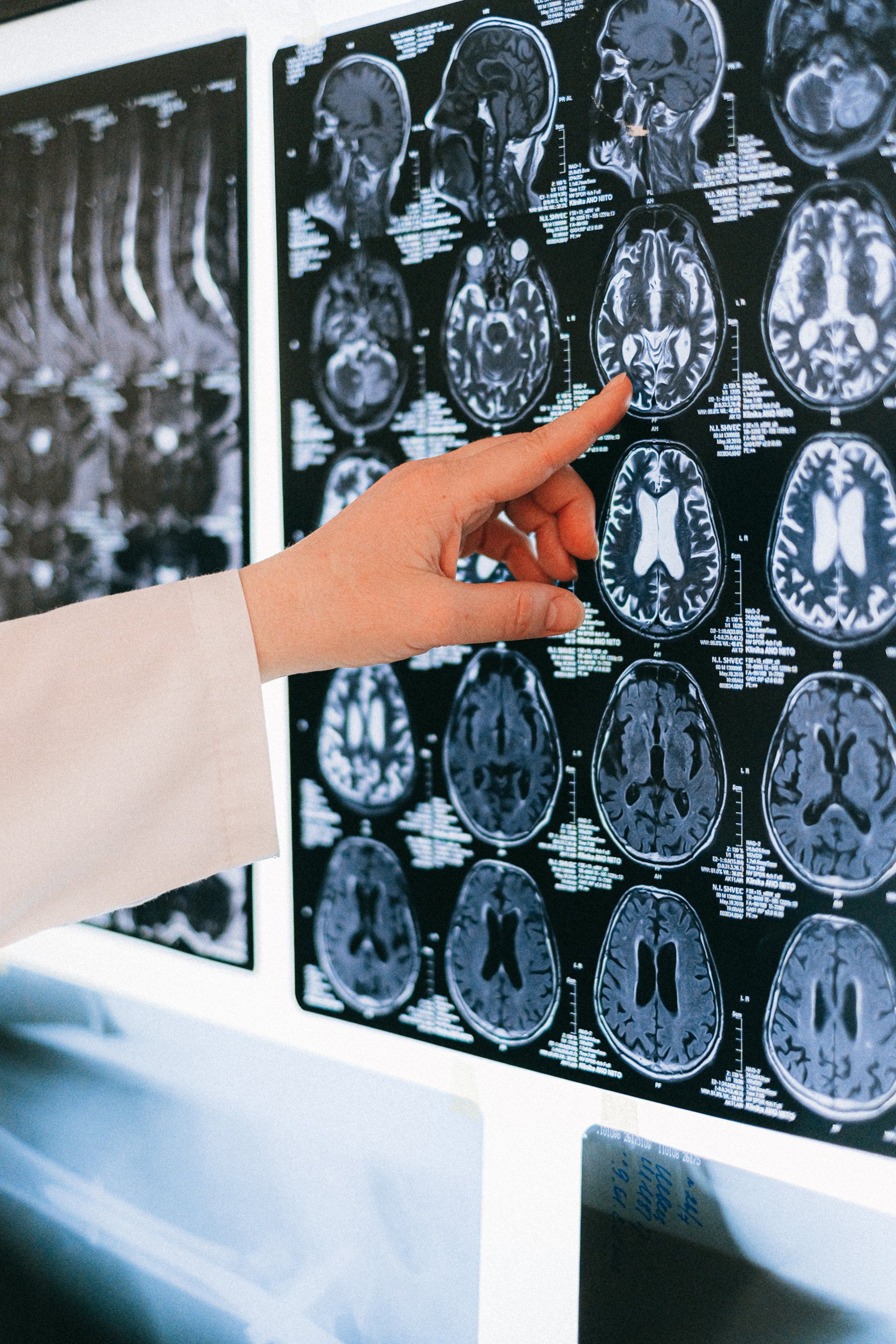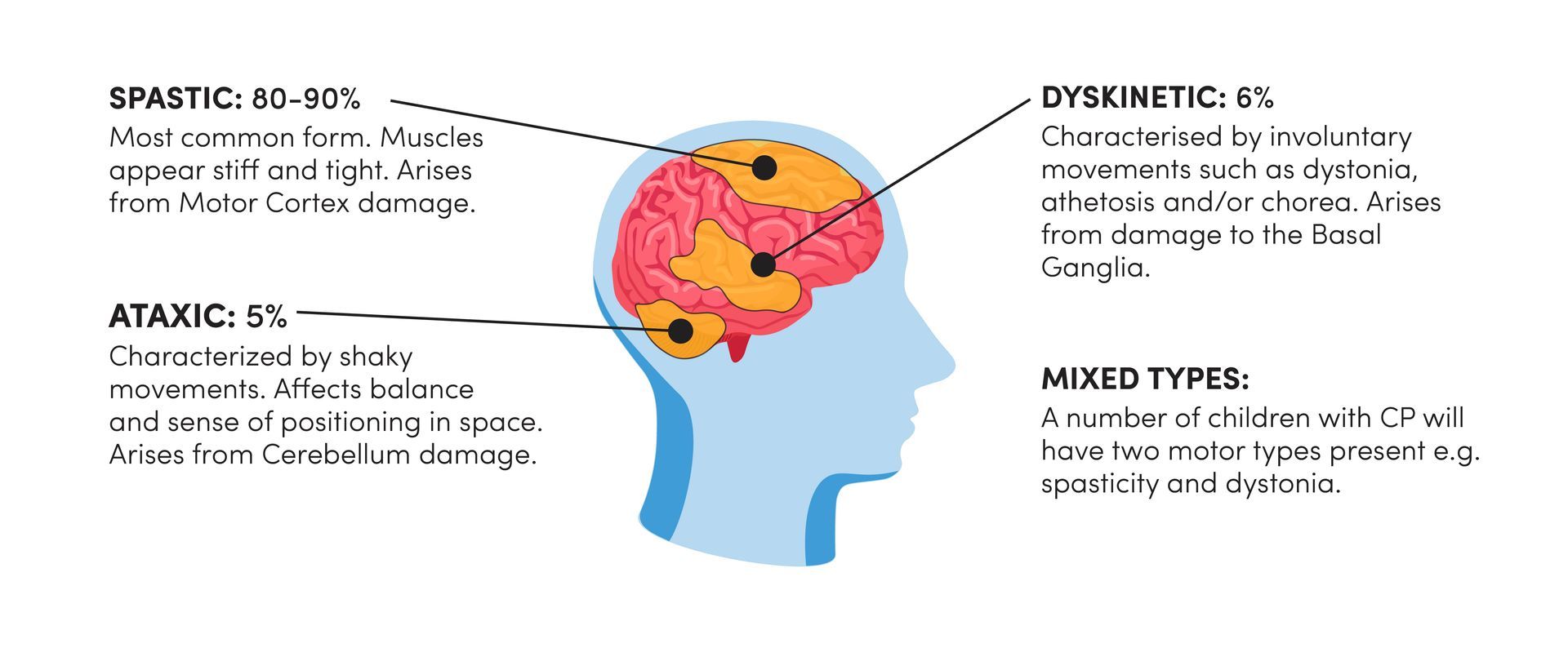What is cerebral palsy?
About cerebral palsy (CP)

What is cerebral palsy?
Cerebral palsy (CP) refers to a group of enduring neurological disorders stemming from non-progressive disruptions during brain development. These disruptions affect an individual's control over movement and posture. It is crucial to understand that CP is not a disease or an illness but rather a term encompassing the consequences of brain disturbances on the control of specific muscles, particularly those involved in movement and posture.
CP often co-occurs with sensory, perceptual, cognitive, communicative, behavioural, epileptic, and orthopedic complications.
What is the meaning of "cerebral palsy"?
What causes CP?
CP can arise when an infant's developing brain sustains injuries before, during, or shortly after birth while the brain is still forming. Globally, CP occurs in approximately 1 out of every 400 births. Numerous contributing factors, either independently or in combination, can lead to brain damage resulting in CP.
Some of these factors include:
- Conditions during fetal development, encompassing brain malformations or inherited biochemical genetic disorders.
- Placental damage that affects fetal nutrition.
- Prenatal exposure to harmful substances like nicotine, alcohol, or certain drugs.
- Maternal infections during pregnancy, such as German Measles, leading to fetal central nervous system damage.
- Low birth weight due to premature birth or multiple births.
- Brain hemorrhage, especially in very premature infants or due to non-accidental trauma.
- Disrupted oxygen supply to the brain during a challenging birth or within the first three years of life, resulting from head trauma, poisoning, or near-drowning incidents.
Types of CP
It is important to note that these terms categorize patterns of physical challenges and do not define the individual. Each person with CP is unique and experiences CP differently, influenced by the type and extent of CP, as well as their access to support and resources within their family, community, and education or vocational settings.
There are three primary types of CP, each associated with specific muscle function impairments:
Management of CP
While individuals with CP face various challenges, significant progress has been made in treatments and assistive technologies to enhance functionality. The modern approach focuses on promoting functioning rather than striving for "normalcy." It involves a multidisciplinary and multidimensional strategy, adapting both the environment and tasks to the individual's needs.
Management options include:
Physical Therapy
Physical therapy helps individuals achieve their potential for physical independence and mobility. Orthotics, casts and splits are made to supplement physical therapy programs.
Occupational Therapy
Aims to enhance independence in daily activities using adaptive equipment.
Speech-Language Therapy
Improves communication, including alternative communication methods.
Medications
Such as botulinum toxin (Botox), can help in the control of muscle spasticity.
Orthopaedic and soft tissue surgery
Can help to counter the distorting effects of spasticity on the spine, hips and legs.
Family Engagement and Family Goal-setting
Contemporary approaches prioritize family-centered care, acknowledging the profound impact of family well-being on the child's development. Health professionals recognize parents as experts on their child's condition and actively involve them in setting intervention goals and decision-making processes.




